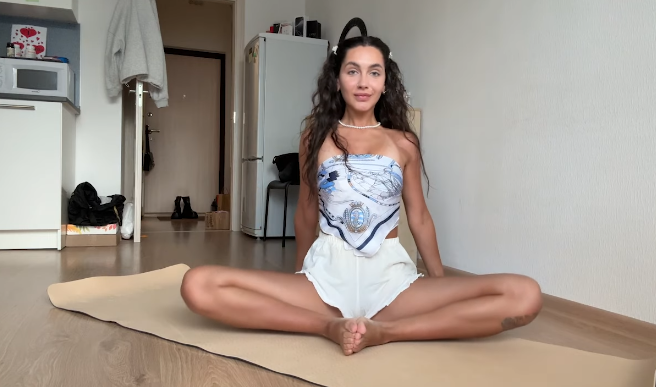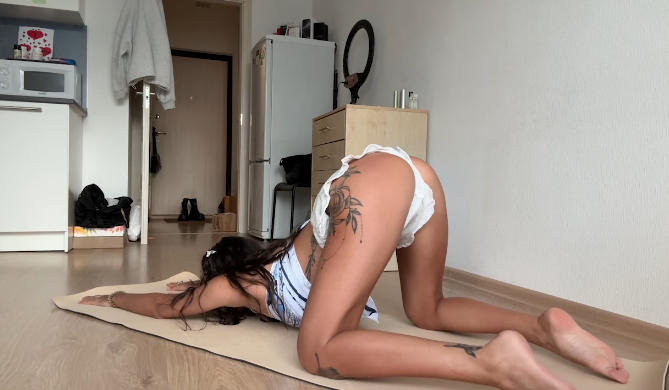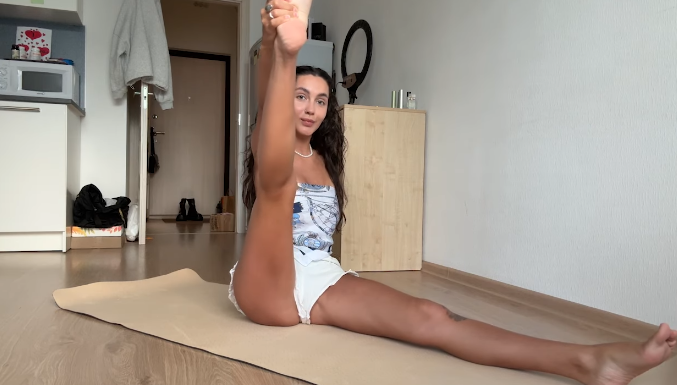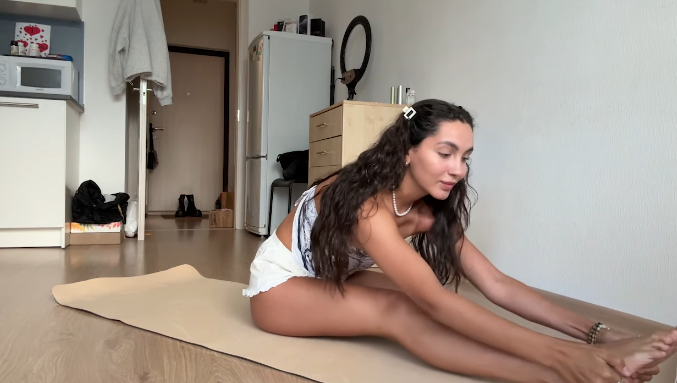
Stretching and workout routines are two essential pillars of a healthy lifestyle. While workouts strengthen the body, improve cardiovascular health, and enhance endurance, stretching ensures that muscles remain flexible, joints stay mobile, and injuries are minimized. Together, they form a powerful partnership that can elevate physical performance and overall well-being. In this article, we’ll explore the importance of stretching, the benefits of incorporating it into a workout routine, and how to structure your own effective stretching and workout program.
The Purpose of Stretching
Stretching is often overlooked, especially by those who focus solely on building strength or losing weight. However, its benefits are profound. Stretching increases flexibility, enhances the range of motion in joints, and improves posture. It also prepares the muscles for physical activity and aids in recovery after workouts.
There are two main types of stretching: dynamic stretching and static stretching.
- Dynamic stretching involves controlled movements that warm up the muscles before a workout, such as leg swings or arm circles.
- Static stretching involves holding a stretch for 15 to 60 seconds, usually done after workouts to relax the muscles and improve long-term flexibility.

Why Stretching Before and After a Workout Matters
Pre-workout stretching (mainly dynamic) increases blood flow to the muscles and raises the body’s core temperature. This helps prepare the body for more intense movement and reduces the risk of muscle strains or joint injuries. For example, a runner might perform high knees, butt kicks, and walking lunges to warm up the legs.
Post-workout stretching (typically static) helps to gradually slow down the body’s systems. It reduces muscle soreness, improves circulation, and promotes faster recovery. A good cool-down session with stretching can also reduce stress and help calm the mind.
Benefits of Working Out
Workout routines come in many forms—cardiovascular training, strength training, resistance workouts, yoga, HIIT (high-intensity interval training), and more. Regardless of the type, regular exercise offers the following benefits:
- Improved Heart Health: Cardio exercises strengthen the heart and help maintain healthy blood pressure and cholesterol levels.
- Increased Strength and Endurance: Resistance and strength training build muscle and bone density.
- Weight Management: Exercise helps burn calories, boosts metabolism, and supports fat loss.
- Mental Health Boost: Physical activity releases endorphins, the “feel-good” hormones, which can help reduce symptoms of depression and anxiety.
- Better Sleep: Regular movement leads to deeper and more restful sleep.
- Longevity and Disease Prevention: Regular exercise reduces the risk of chronic diseases such as diabetes, heart disease, and certain types of cancer.

How Stretching Enhances Your Workout
When stretching is integrated with a workout, it amplifies results. Muscles that are flexible are more efficient and less likely to become injured. For instance, tight hamstrings can limit how far you can bend or squat, affecting your performance and increasing the risk of a strain or pull.
Also, balanced flexibility in opposing muscle groups—like the quads and hamstrings or the chest and back—helps improve posture and alignment. This is important during strength training exercises such as squats, deadlifts, and bench presses.
Designing a Stretching and Workout Routine
A well-rounded fitness routine should include a balance of cardio, strength training, and flexibility work. Here’s how you can structure a daily session:
1. Warm-Up (5-10 minutes)
- March in place or jog lightly
- Do dynamic stretches like arm circles, shoulder rolls, hip circles, and walking lunges
2. Main Workout (20-45 minutes)
Depending on your goal:
- For weight loss: Combine HIIT or circuit training with cardio exercises
- For strength: Perform weight training focusing on different muscle groups
- For endurance: Go for a steady run, swim, or bike ride
- For flexibility: Do a yoga or Pilates session
3. Cool Down and Static Stretching (10 minutes)
- Slowly bring your heart rate down with light walking or breathing exercises
- Hold static stretches for the hamstrings, quads, calves, shoulders, neck, and lower back

Sample Static Stretches to Try
- Hamstring Stretch: Sit on the ground with legs extended and reach for your toes.
- Quad Stretch: Stand on one leg and pull the other foot toward your buttocks.
- Calf Stretch: Lean against a wall with one foot behind the other, pushing the back heel to the ground.
- Chest Stretch: Clasp hands behind your back and gently lift your arms while opening your chest.
- Neck Stretch: Gently tilt your head to one side and hold, then switch sides.
Tips for Safe Stretching and Exercising
- Never stretch cold muscles. Always do a light warm-up first.
- Avoid bouncing during static stretches, which can cause injury.
- Don’t push to the point of pain. Stretch to a point of mild tension.
- Breathe deeply and slowly to relax your body.
- Stay consistent. Flexibility and strength improve with regular practice.

Combining Stretching with Other Wellness Practices
Stretching also fits perfectly into a broader wellness routine. It pairs well with mindfulness practices such as meditation and deep breathing. When you stretch slowly and focus on each movement, it becomes a moment of calm and reflection.
Yoga is a perfect example of a practice that combines stretching, strength, and mindfulness. Even ten minutes of yoga in the morning or before bed can improve flexibility, reduce stress, and enhance body awareness.
Final Thoughts
Stretching and working out are not separate entities—they are complementary. To build a fit and resilient body, you need both strength and flexibility. Incorporating stretching into your daily workout routine ensures your muscles stay healthy, your movements remain efficient, and your risk of injury decreases.
Don’t skip your stretches—treat them as seriously as the workout itself. Whether you’re a beginner taking your first steps into fitness or an experienced athlete, stretching and working out together will help you move better, feel better, and live stronger. So, roll out your mat, stretch it out, and get ready to sweat—your body will thank you!


